Looking at the food, the way it is presented and enjoyed, we can guess the culture, economy, and lifestyle of the person who prepares and enjoys it. Besides the common dishes of Vietnamese people, each province and city in the Southeast region also has many unique dishes, not available anywhere else, closely associated with the local identity and OCOP products (the "One Commune One Product" program).
Add more strange but delicious dishes
For a long time, many people have been telling each other that when coming to Binh Duong, they must try dishes such as banh beo bi, taro porridge, straw mushrooms, grilled beef on tiles, water hyacinth salad, chicken stewed in spicy chili, Lai Thieu fruit... Asking Binh Duong people, they say: "That's old news, Diem!" and confidently introduce delicious dishes such as vermicelli with crab tongue, chicken salad with mangosteen, blood soup, beef hotpot dipped in shrimp paste...
Mangosteen chicken salad, thanks to the media effect, became a culinary fever with valuable lessons. The free-range pig blood soup is fresh, sweet, and has a very unique flavor. The beef dipped in shrimp paste must be from Ben Cat, the best is the muscle meat. The deliciousness of the dish lies in the way of removing the smell, making the meat fragrant, seasoning the spices and the hot pot broth.
Dong Nai people are proud of their land of Tan Trieu grapefruit, so they have many delicious dishes such as grapefruit salad, grapefruit sweet soup, grapefruit wine, vegetarian grapefruit spring rolls; chicken rice with salted fish, Long Khanh clay pot rice, jackfruit... Recently, Dong Nai has become famous for dishes such as grapefruit steamed chicken (chickens raised in grapefruit gardens), fried field crickets with fish sauce, fried sticky rice - grilled chicken with mangrove charcoal, Tri An lake fish, duck eggs steamed with coconut water, wild apricot seeds...
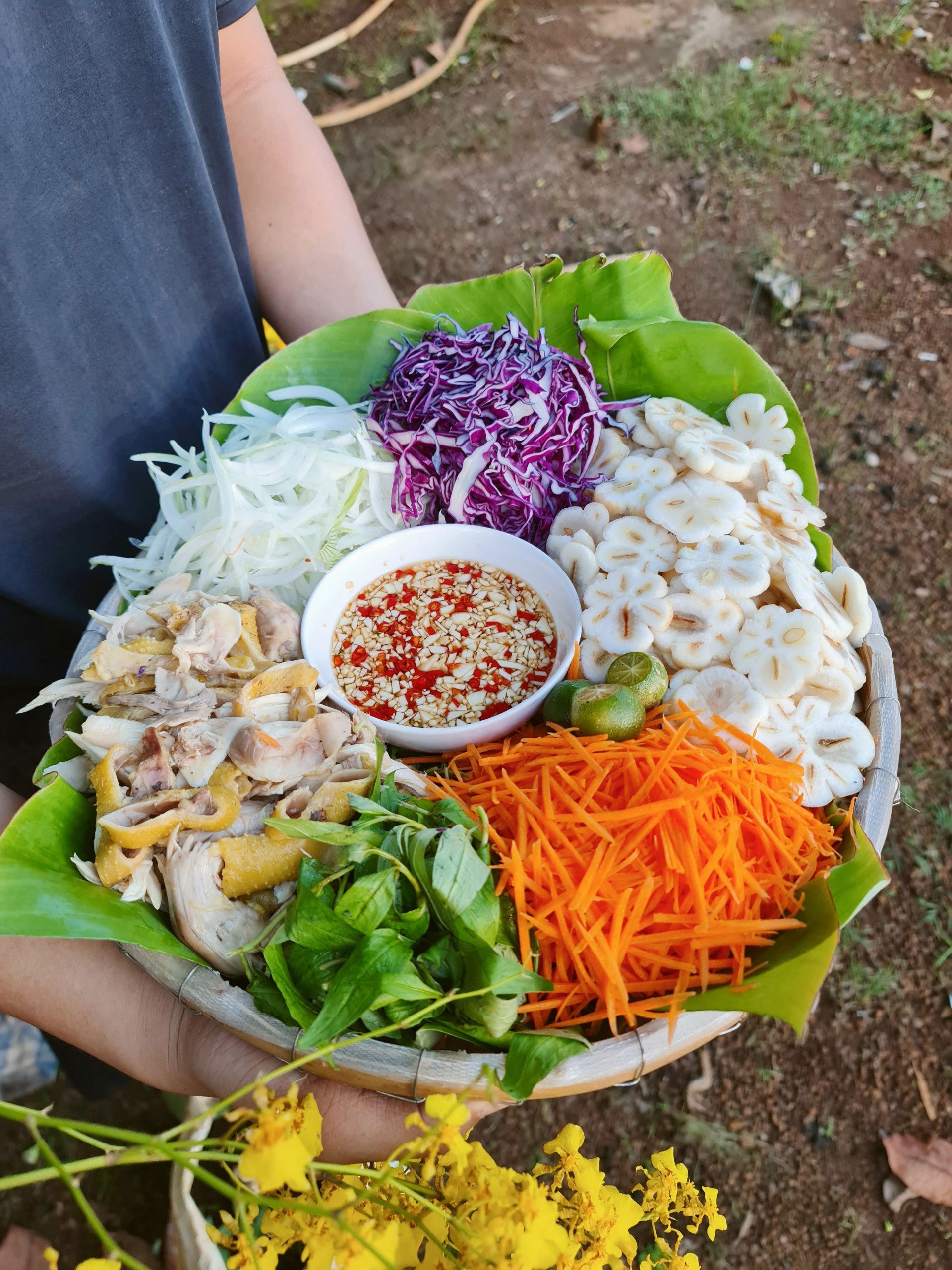
Mangosteen chicken salad once became a culinary craze on social networks. Photo: XUAN LIEN
Follow the fishermen on the boat to catch anchovies and bream on Tri An Lake. The fish are just caught, still jumping and crunching, and fried crispy on the spot, it is indescribably delicious. For the pomelo chicken dish, it must be Tan Trieu pomelo and young chicken. The age of the pomelo and the age of the chicken determine the deliciousness of the dish, of course there are special secrets to the preparation.
Binh Phuoc is the capital of cashews with dishes such as salted roasted cashews, cashew candy, cashew salad (both kernels and squash), cashew sticky rice, cashew sweet soup, cashew bamboo sticky rice, free-range pork, thut soup, grilled bamboo shoots... In recent years, Binh Phuoc has introduced many new and delicious dishes such as: chicken stewed with cashew nuts, crispy fried cicadas, vermicelli with catfish and bamboo shoots, wild bitter melon, dandelion...
Rau nhip, also known as la bep - the main green vegetable of the Truong Son army in the past, is used instead of seasoning powder and MSG. When cooked in soup or hotpot, la bep leaves are sweeter than MSG. Dandelion leaves can be brewed into tea (fresh or dried), cooked in hotpot, or cooked in soup. They are crispier and sweeter than cabbage, and have more vitamins. Binh Phuoc's delicacies are always associated with the forest and with generous mother nature.
Tay Ninh is unique with 3B2M. 3B is sun-dried rice paper, Trang Bang rice noodle soup and young beef. 2M is custard apple and shrimp salt. Many new dishes have been created such as mixed rice paper, Tay Ninh pizza, 2-bowl rice noodle soup... In addition, Tay Ninh also has Hoa Thanh vegetarian rice and Ba Den snails.
Tay Ninh has no sea but is famous for its shrimp salt. Shrimp salt, originally shrimp salt (dried shrimp mixed with salt), has been around since 1968, a dish for poor families to get through their meals, but has gradually been upgraded. Shrimp salt must be handmade with coarse salt to be of good quality. Dew-dried rice paper was born from sun-dried rice paper, because the bride was so busy having fun that she forgot to bring the rice paper into the house in the evening. Custard apples bear fruit all year round thanks to the girls playing the game of selling, taking a little each day and then plucking the leaves off the custard apple tree in front of the door. Handwashing and dishwashing water were splashed on the tree, causing it to bud, flower, and bear fruit out of season, which was considered a technical innovation.
Culinary identity in the integration period
Belonging to the second largest fishing ground in Vietnam, Ba Ria - Vung Tau has many delicious culinary dishes. Gourmets must enjoy banh khot, sponge cake with salted duck eggs, jellyfish noodles, mai fish salad, squid eggs, pineapple fish. Con Son - Con Dao is also famous for its milk snails, elephant ear snails, moon crabs, shark salad, areca nuts... But if you have not tried crab noodle soup, crab noodle soup, especially stingray hotpot, then it is a big loss. Stingray hotpot with salty fish sauce and stingray liver is delicious.
Ho Chi Minh City has a variety of delicious dishes from all three regions and almost all over the world. From Southern grilled dishes, specialties from the North, Central, and Central Highlands to exotic dishes from other countries, all are adapted to the "when in Rome, do as the Romans do".
Many dishes have affirmed their class such as Cu Chi beef, fish noodle soup, broken rice, fried dough, bread and streets specializing in goby fish hotpot, snail streets... Thu Duc vegetarian spring rolls, once famous, are being restored along with strange dishes such as bui leaves, red goby fish, two-skinned female crab... Desserts and cakes in Ho Chi Minh City are also rich, no one has been able to count them.
Vietnamese people believe that "Eating is not just chewing and swallowing, but also the art of using all five senses at the same time: sight, touch, smell, hearing, taste"; especially space and psychology. Local delicacies must be eaten on the spot. In addition to the standards of freshness and cleanliness, there are also soil, water, spices, and especially the person who prepares them. Understanding the raw materials and putting all their heart into the unique space, every delicious dish has a soul.
In the trend of integration, Southeast cuisine also needs to "separate the turbid and bring out the clear", eliminating unhygienic, unsafe dishes that harm the environment and prohibit hunting wild animals. It is necessary to put an end to both the mindset and behavior of "picking up food for customers" (which often ends up forcing customers); using separate dipping sauces for each person, using common spoons, forks, and chopsticks to serve food separately...
It is a pity that localities have not known how to take advantage of and connect them into special tours to experience and enjoy the cuisine of the Southeast - a land with many "deafening" delicious dishes. Not to mention, many delicious dishes are in the people's mouth, like a gold mine waiting to be exploited.
Southeastern delicacies are always associated with the vast nature, so they need a suitable landscape, limiting the need to squeeze delicious dishes into four walls.
Source



![[Photo] Keep your warehouse safe in all situations](https://vphoto.vietnam.vn/thumb/1200x675/vietnam/resource/IMAGE/2025/10/1/3eb4eceafe68497989865e7faa4e4d0e)
![[Photo] President of the Cuban National Assembly visits President Ho Chi Minh's Mausoleum](https://vphoto.vietnam.vn/thumb/1200x675/vietnam/resource/IMAGE/2025/10/1/39f1142310fc4dae9e3de4fcc9ac2ed0)

![[Photo] Hanoi morning of October 1: Prolonged flooding, people wade to work](https://vphoto.vietnam.vn/thumb/1200x675/vietnam/resource/IMAGE/2025/10/1/189be28938e3493fa26b2938efa2059e)















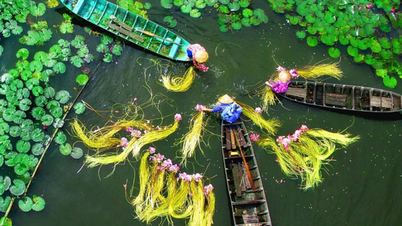

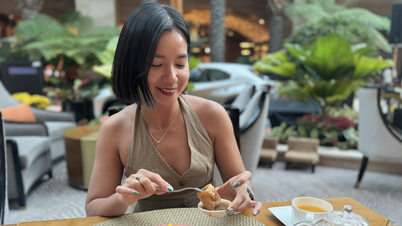

















































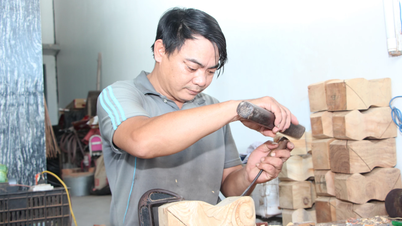



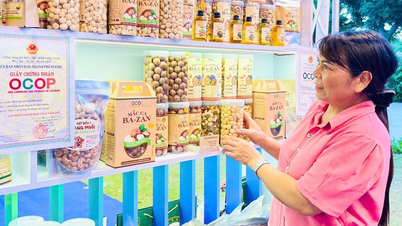




















Comment (0)